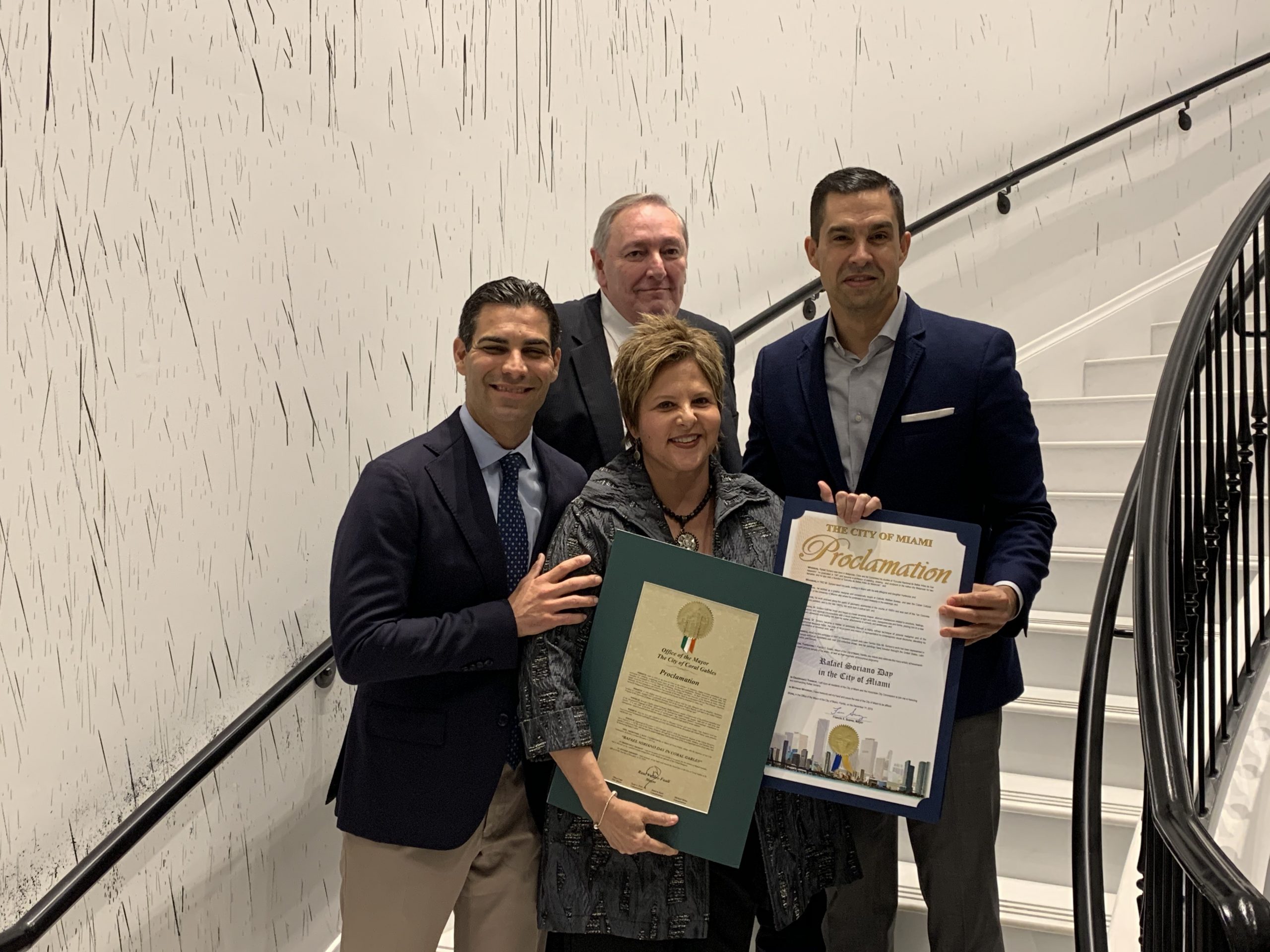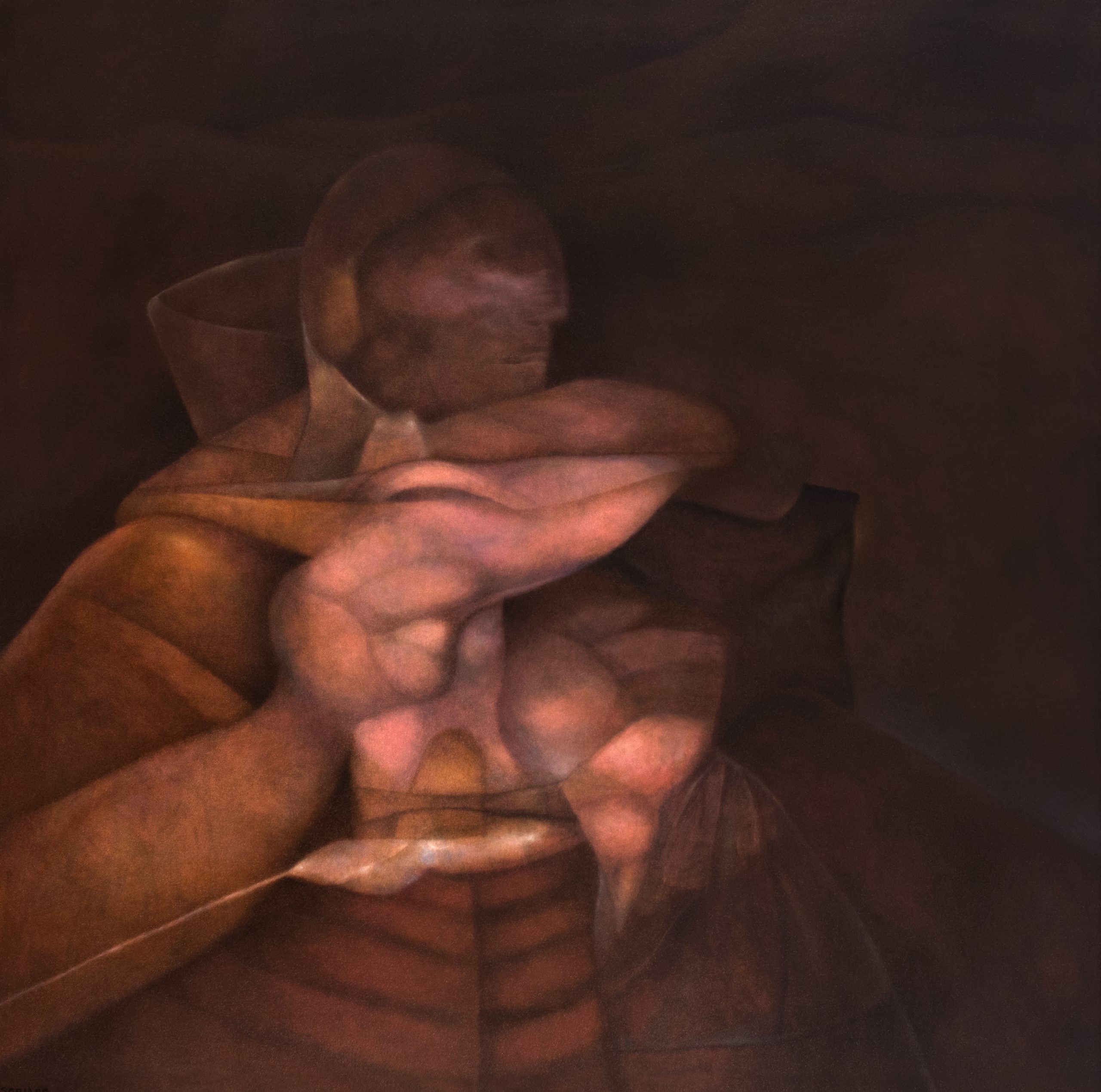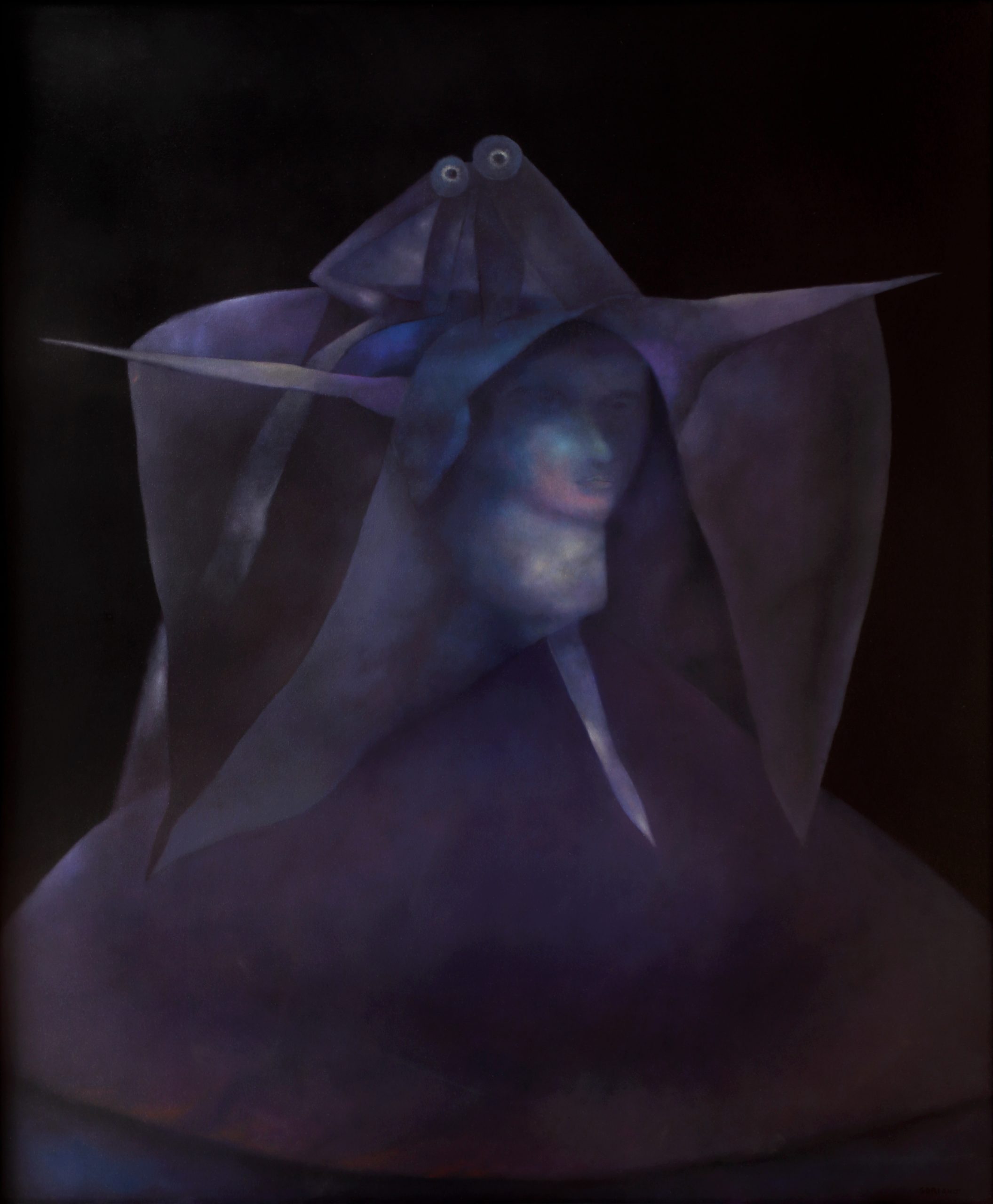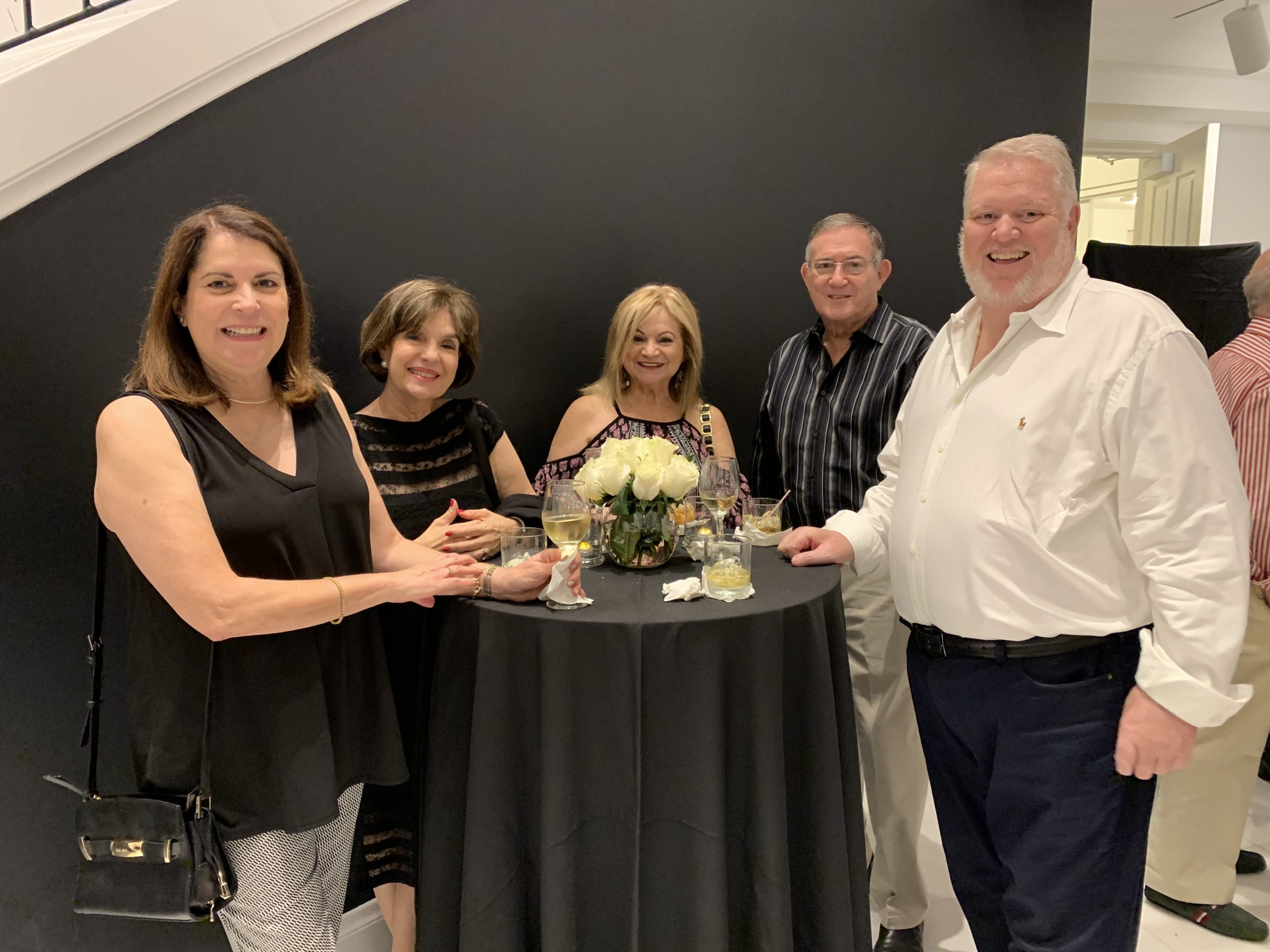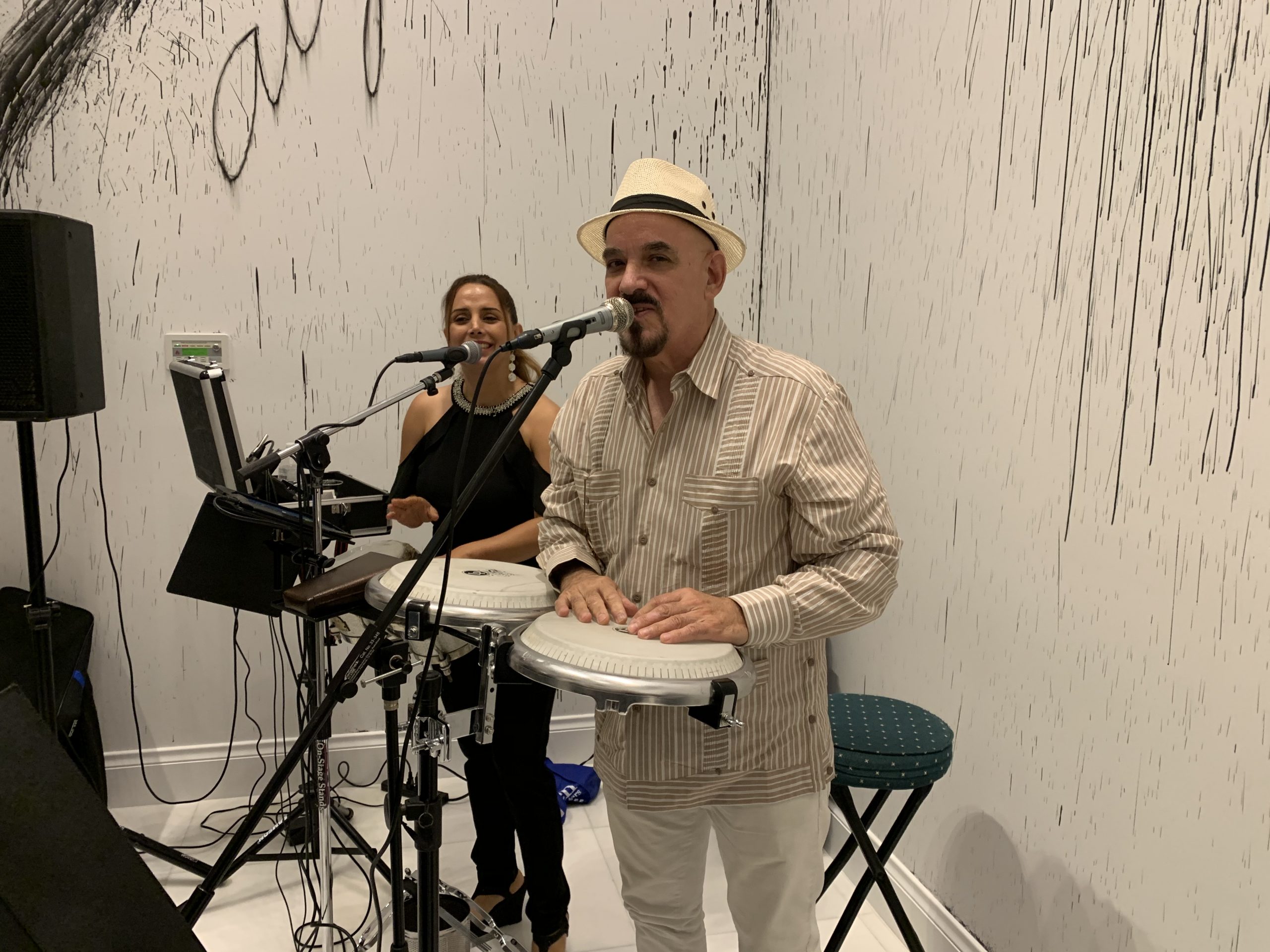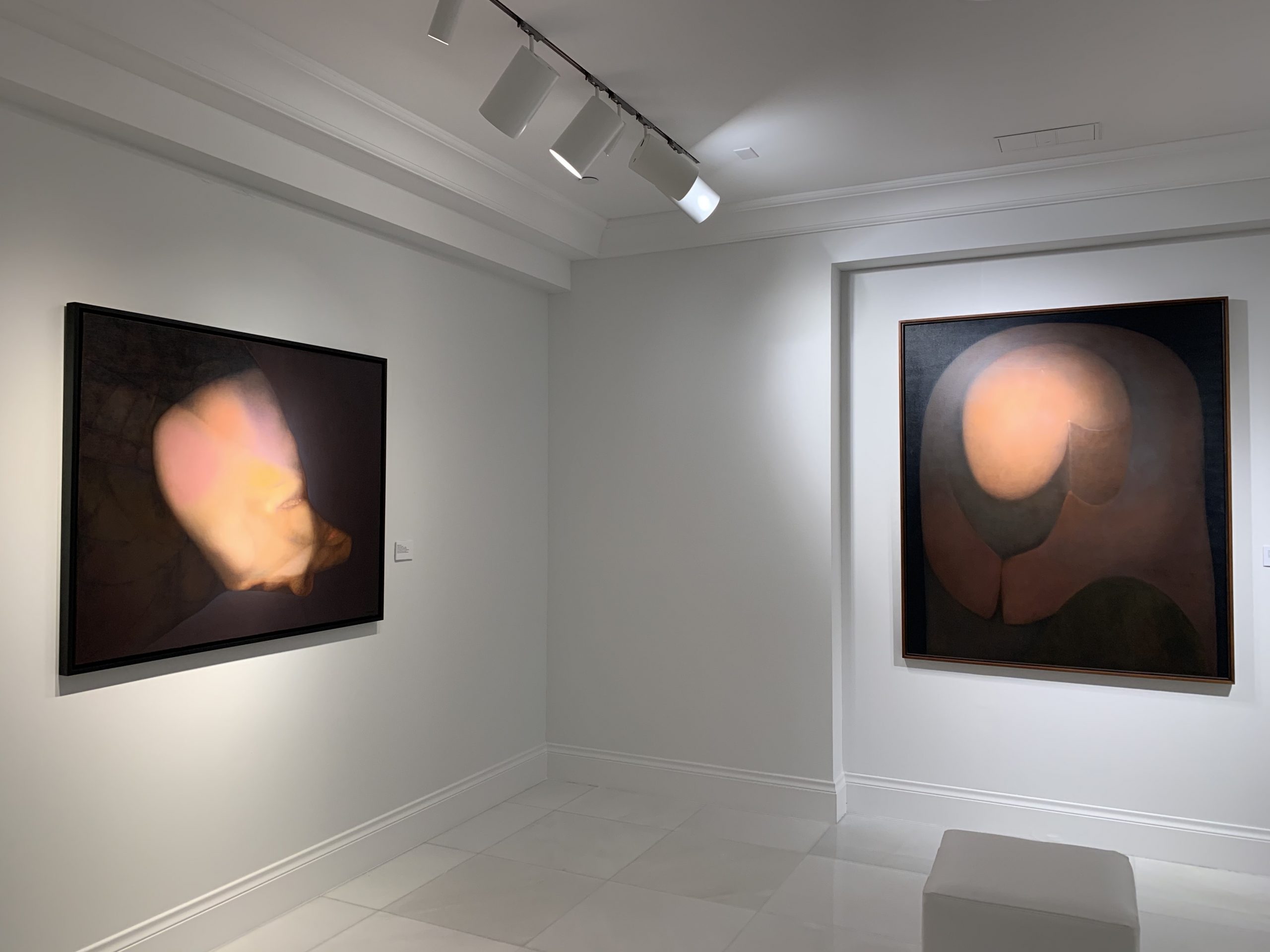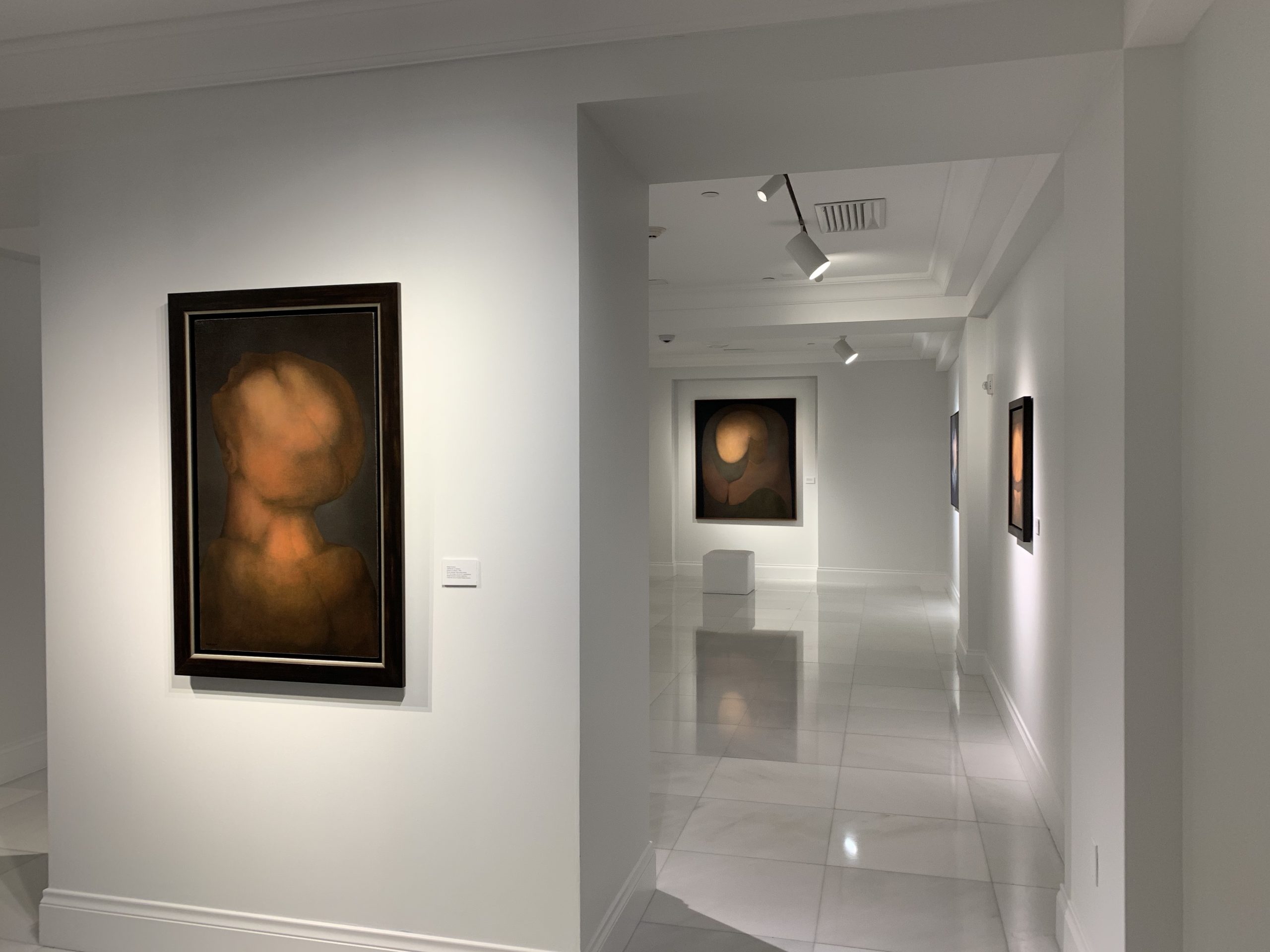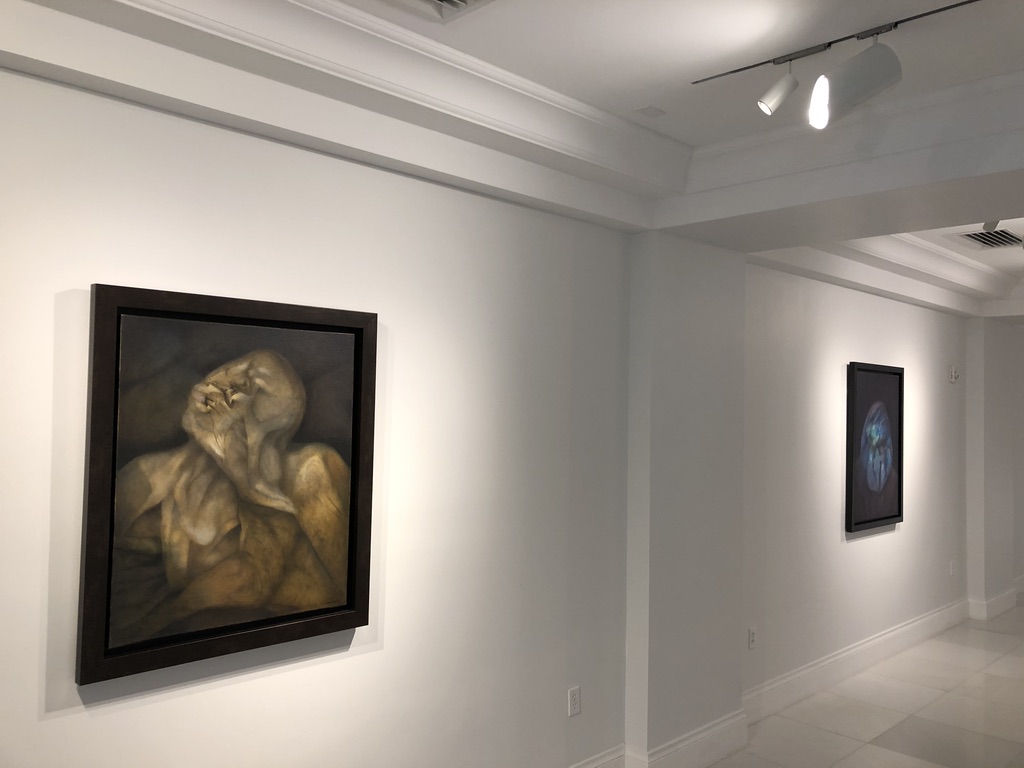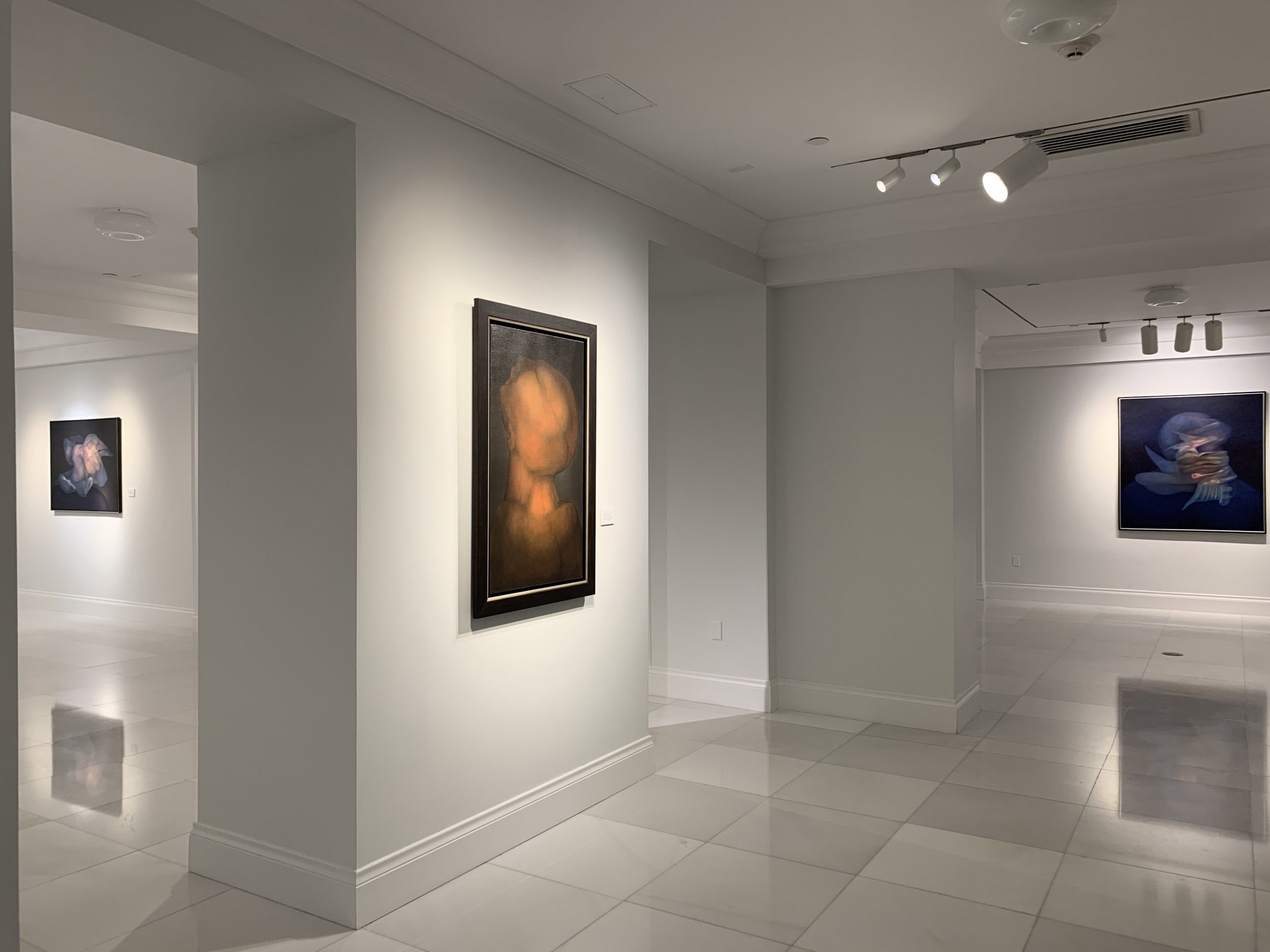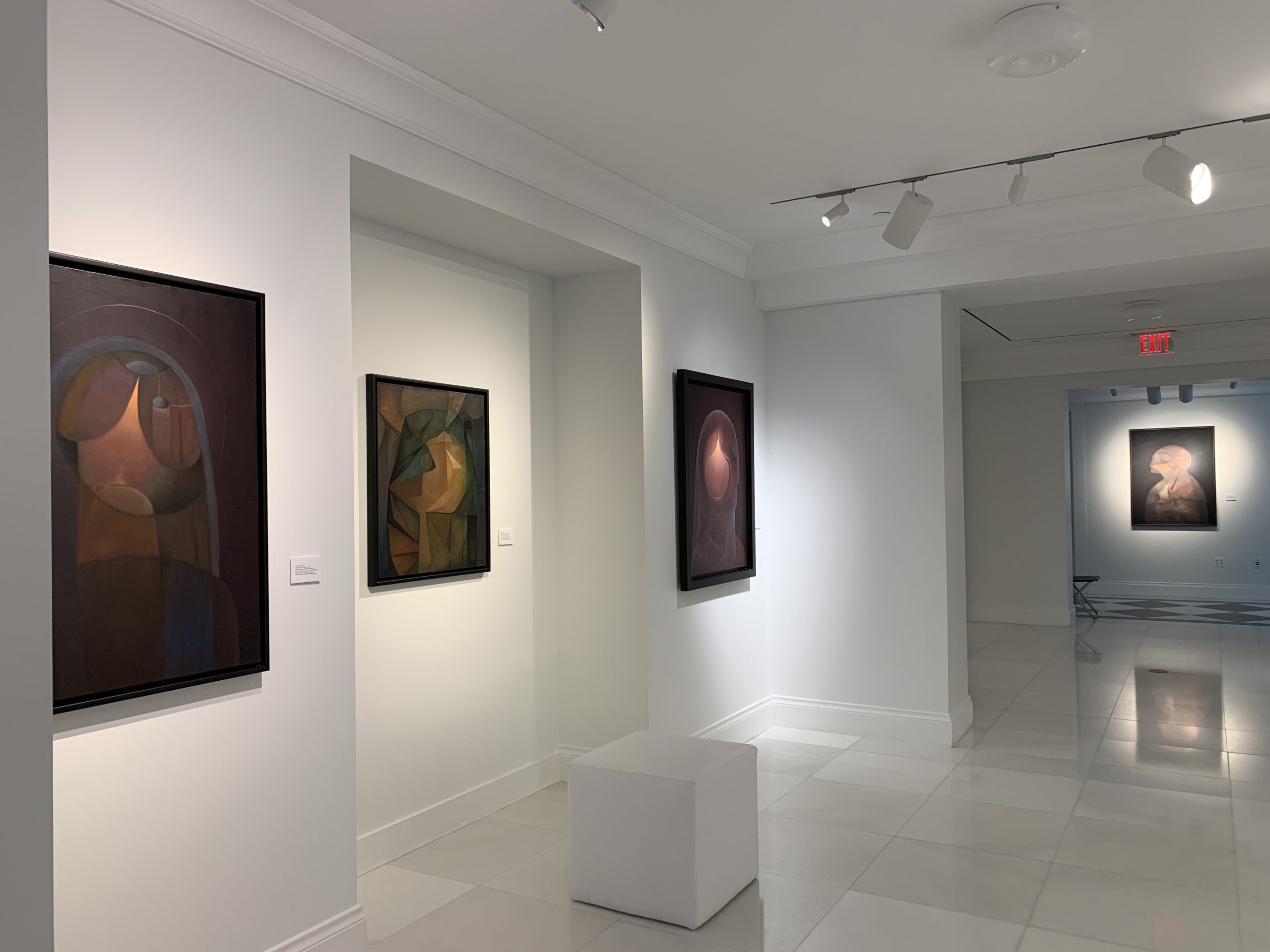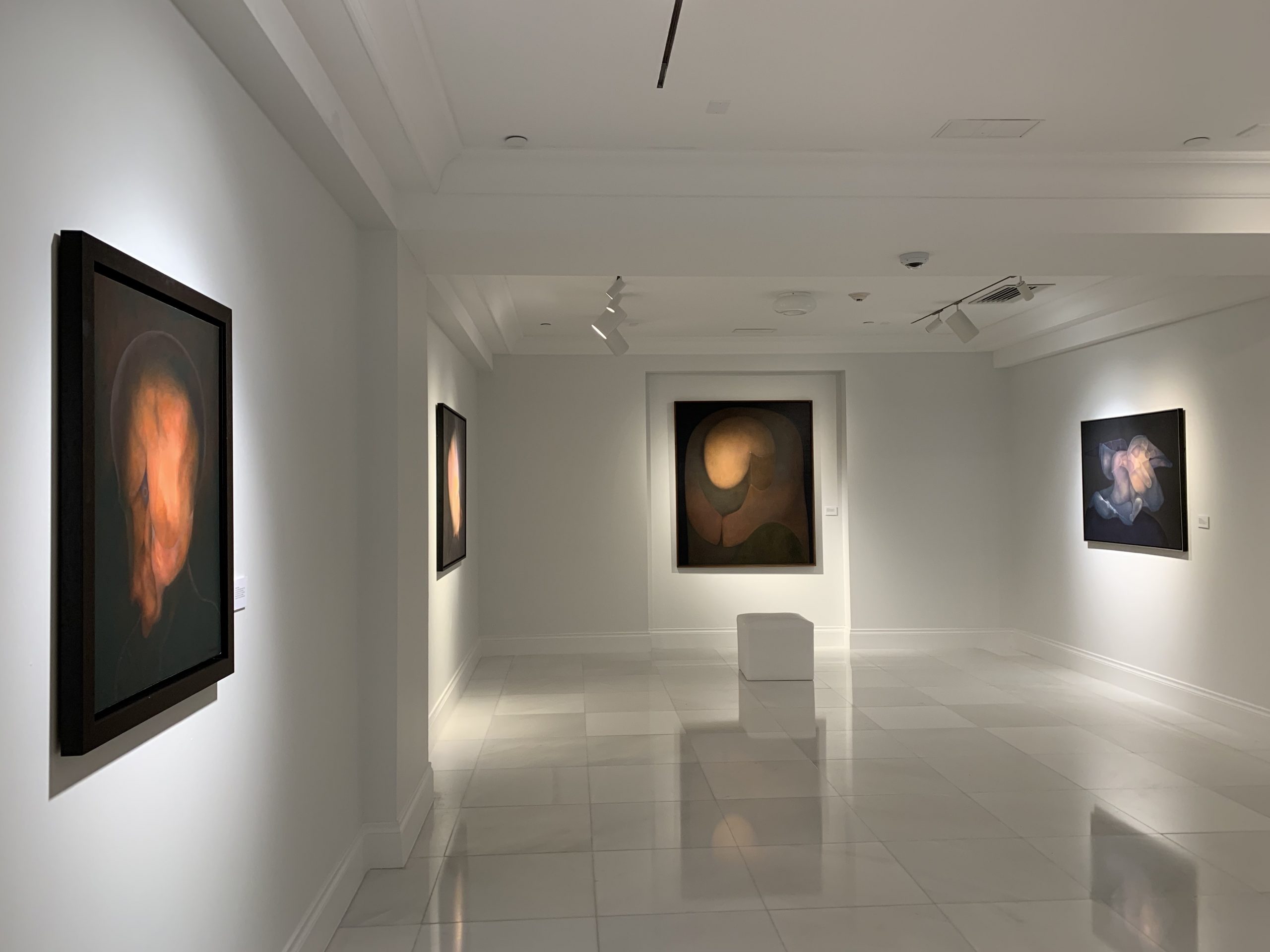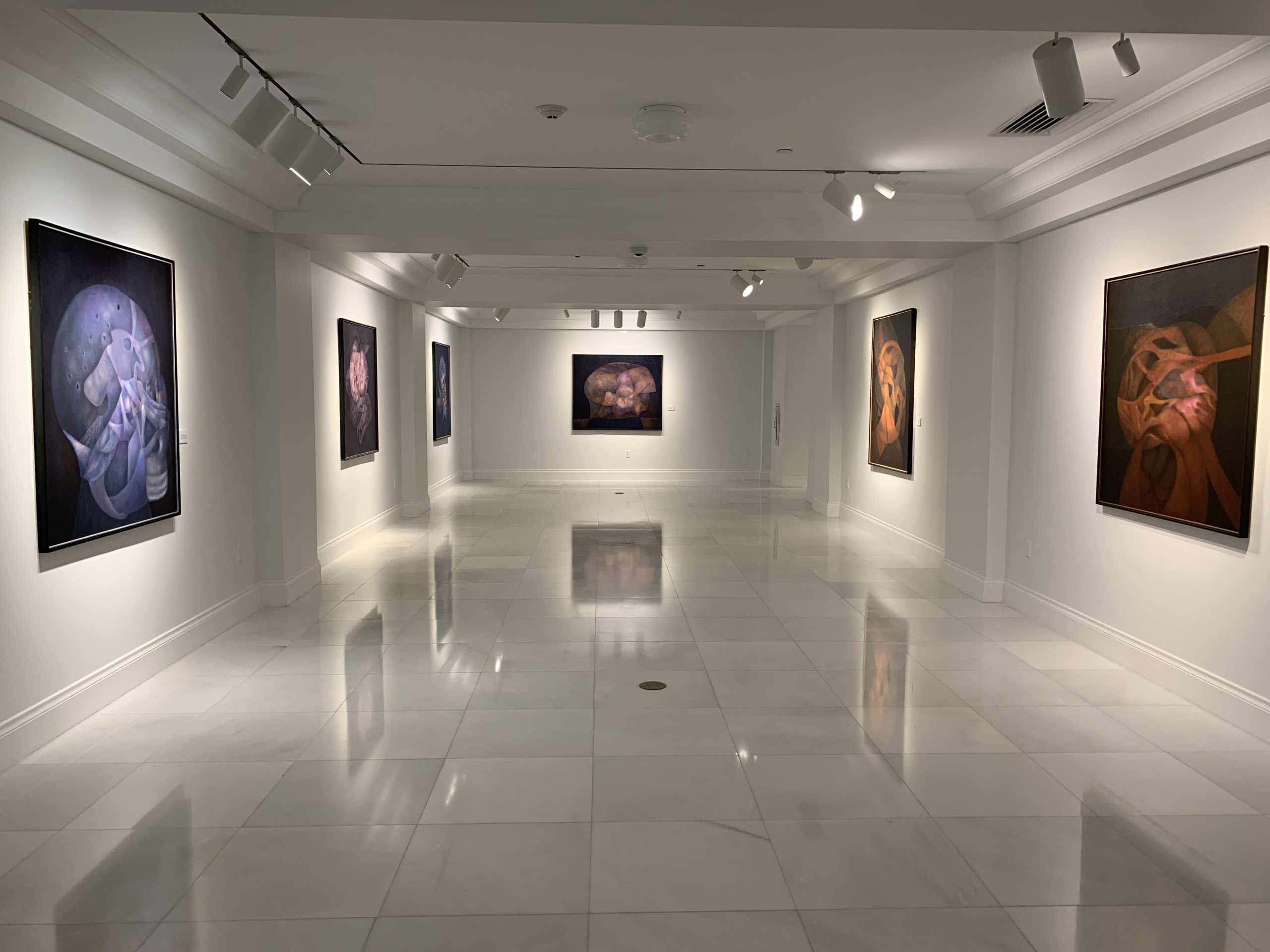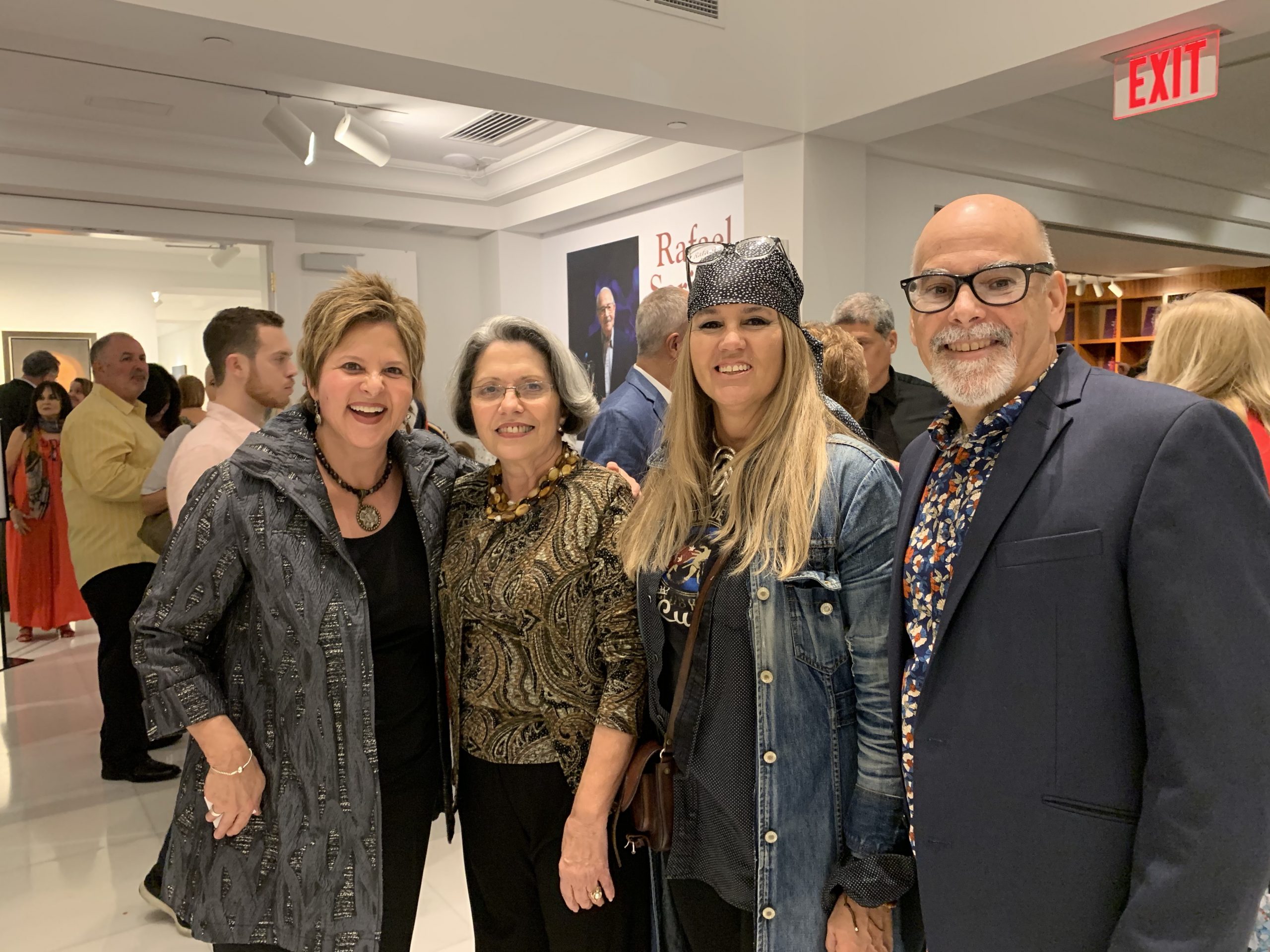
 Rafael Soriano is considered a member of the third Cuban avant-garde; that is, the modern artists that came of age in the 1950s prior to the triumph of the 1959 revolution. Throughout the 1940s Rafael Soriano’s paintings and drawings reflected the influence of surrealism; by the 1950s he developed angular and rectilinear compositions charged with intense, flat colors, evidencing a concrete/geometric aesthetic. Soriano would be a key figure in the group, Pintores Concretos, which introduced and promoted conc rete and geometric abstraction in 1950s Cuba. He would work in this vocabulary until his departure from the island in 1962.
Rafael Soriano is considered a member of the third Cuban avant-garde; that is, the modern artists that came of age in the 1950s prior to the triumph of the 1959 revolution. Throughout the 1940s Rafael Soriano’s paintings and drawings reflected the influence of surrealism; by the 1950s he developed angular and rectilinear compositions charged with intense, flat colors, evidencing a concrete/geometric aesthetic. Soriano would be a key figure in the group, Pintores Concretos, which introduced and promoted conc rete and geometric abstraction in 1950s Cuba. He would work in this vocabulary until his departure from the island in 1962.
The uprootedness and trauma of exile were profound for the artist; he was not able to paint for a couple of years. From the mid-1960s and into the 1970s, Soriano’s painting went through a transformation. 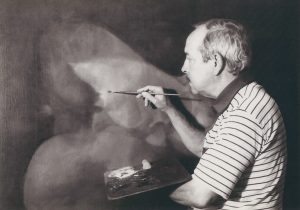 Geometry began to disappear, forms that fused straight lines with softer, organic elements started to emerge. His use of color became darker, richer, applied in a modulated manner, defining the shift from darkness to light. By the middle of the 1970s, Soriano’s painting had achieved its mature vocabulary of biomorphic, luminous shapes existing in an atmosphere of mystery which evoked other worldly concerns.
Geometry began to disappear, forms that fused straight lines with softer, organic elements started to emerge. His use of color became darker, richer, applied in a modulated manner, defining the shift from darkness to light. By the middle of the 1970s, Soriano’s painting had achieved its mature vocabulary of biomorphic, luminous shapes existing in an atmosphere of mystery which evoked other worldly concerns.
Within his pictorial production, going back to the late 1960s through the 1990s, Soriano painted a series of heads. 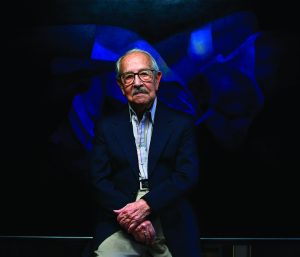 These are his most figurative works. This exhibit consists of twenty one paintings whose subjects’ are heads. Starting from the earliest examples on view in the East Gallery, Soriano is working through his forms and colors in pursuit of a personal visual language. The head, with its obvious representation of humanity, is the best theme for this exploration. After his exile and from the 1970s on, this aspect of his work became the central root for the development of his pictorial vision. These pictures express deep existential concerns regarding freedom, identity, and the desire to convey a sense of the real that goes beyond the material. They are, to paraphrase St. Augustine, “mirrors of the soul,” suggesting struggle, rescue and salvation, and the individual’s perpetual need for both identity and freedom.
These are his most figurative works. This exhibit consists of twenty one paintings whose subjects’ are heads. Starting from the earliest examples on view in the East Gallery, Soriano is working through his forms and colors in pursuit of a personal visual language. The head, with its obvious representation of humanity, is the best theme for this exploration. After his exile and from the 1970s on, this aspect of his work became the central root for the development of his pictorial vision. These pictures express deep existential concerns regarding freedom, identity, and the desire to convey a sense of the real that goes beyond the material. They are, to paraphrase St. Augustine, “mirrors of the soul,” suggesting struggle, rescue and salvation, and the individual’s perpetual need for both identity and freedom.


A lecture on Soriano’s Life and Works
Special Thanks
This exhibition is a special homecoming for many of these works, which Rafael Soriano produced right here in Miami. While his influence and work has spread across the world, Miami is still where many of his greatest works reside permanently. We would like to extend our greatest thanks to Hortensia Soriano, Rafael’s daughter who now oversees the Rafael Soriano Foundation, for graciously donating these paintings for exhibition at the American Museum of the Cuban Diaspora.
